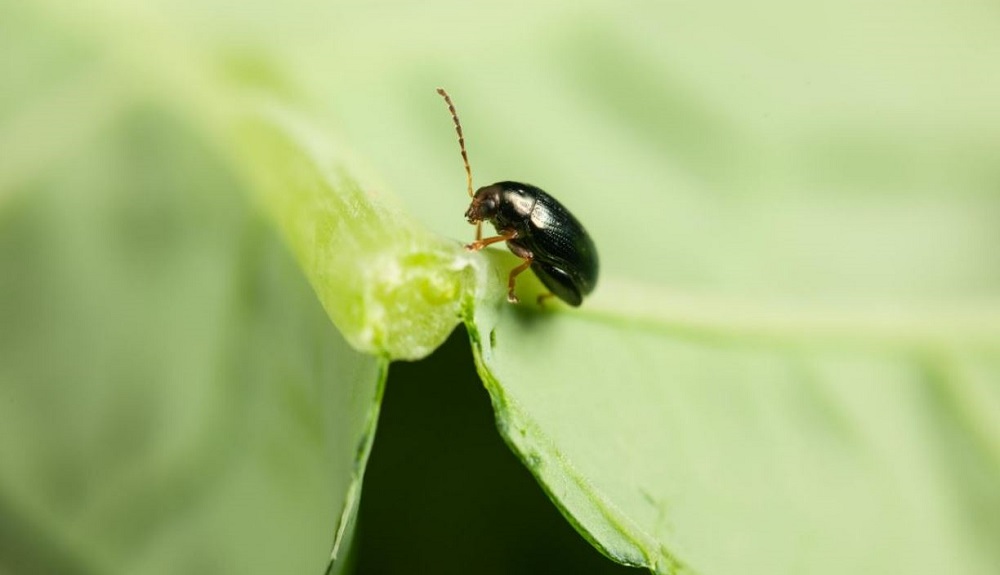- Home
- Knowledge library
- Genetic basis of winter oilseed rape resistance to the cabbage stem flea beetle (PhD)
Genetic basis of winter oilseed rape resistance to the cabbage stem flea beetle (PhD)
Summary
Cabbage stem flea beetle (CSFB, Psylliodes chrysocephala) is a major pest of Brassicaceae, especially winter oilseed rape (WOSR, Brassica napus).
After the 2013 EU-wide moratorium on the use of neonicotinoids (with a near complete ban of the use of neonicotinoids across the EU declared in April 2018), CSFB numbers dramatically rose in the United Kingdom (UK).
In 2015, resistance to pyrethroids, the remaining chemical control method, was confirmed in Germany, Denmark, and the UK.
As a result, farmers have been left with no single, viable control for CSFB and are moving away from growing WOSR, with a decrease of 50% in national area between 2013 and 2023.
WOSR is one of the most profitable crops in the UK and a reduction in the area grown is detrimental to the economy and UK farming.
A large gap in knowledge of the genetics underlying phenotypic responses to CSFB is preventing advancements in development of new resistant/tolerant varieties of WOSR.
Previous research attempts have been made to reveal resistance and tolerance traits to flea beetles in general, however few have focused specifically on CSFB adults. Many experiments have been focused on large, field-trial-scale observations and, as such, are impacted by environmental interactions and insect availability.
Within this paper, we present controlled environment, choice, adult CSFB feeding trials on a diverse population of Brassica napus, comprising spring, semi-winter and WOSR, kale and swede types.
We identified variation in adult CSFB feeding across the panel. Lines showing extreme variation, and therefore increased or decreased adult CSFB feeding, and the resulting F1, have been confirmed within non-choice and field environments, suggesting palatability is genetic and robust across environments.
Using genome-wide association and gene-expression association approaches, we have identified loci associated with adult CSFB palatability. Utilising the relationship to the model plant Arabidopsis, we have tested potential candidate genes controlling palatability.
Our results support the development of CSFB-Brassica interactions and identify the potential for breeding for reduced palatability as a component of integrated pest management.
Further information
Student: Jessica Hughes
Students' Union: Tough choices for CSFB (article on this project)
Downloads
SR62 final project reportRelated research projects
Related resources


